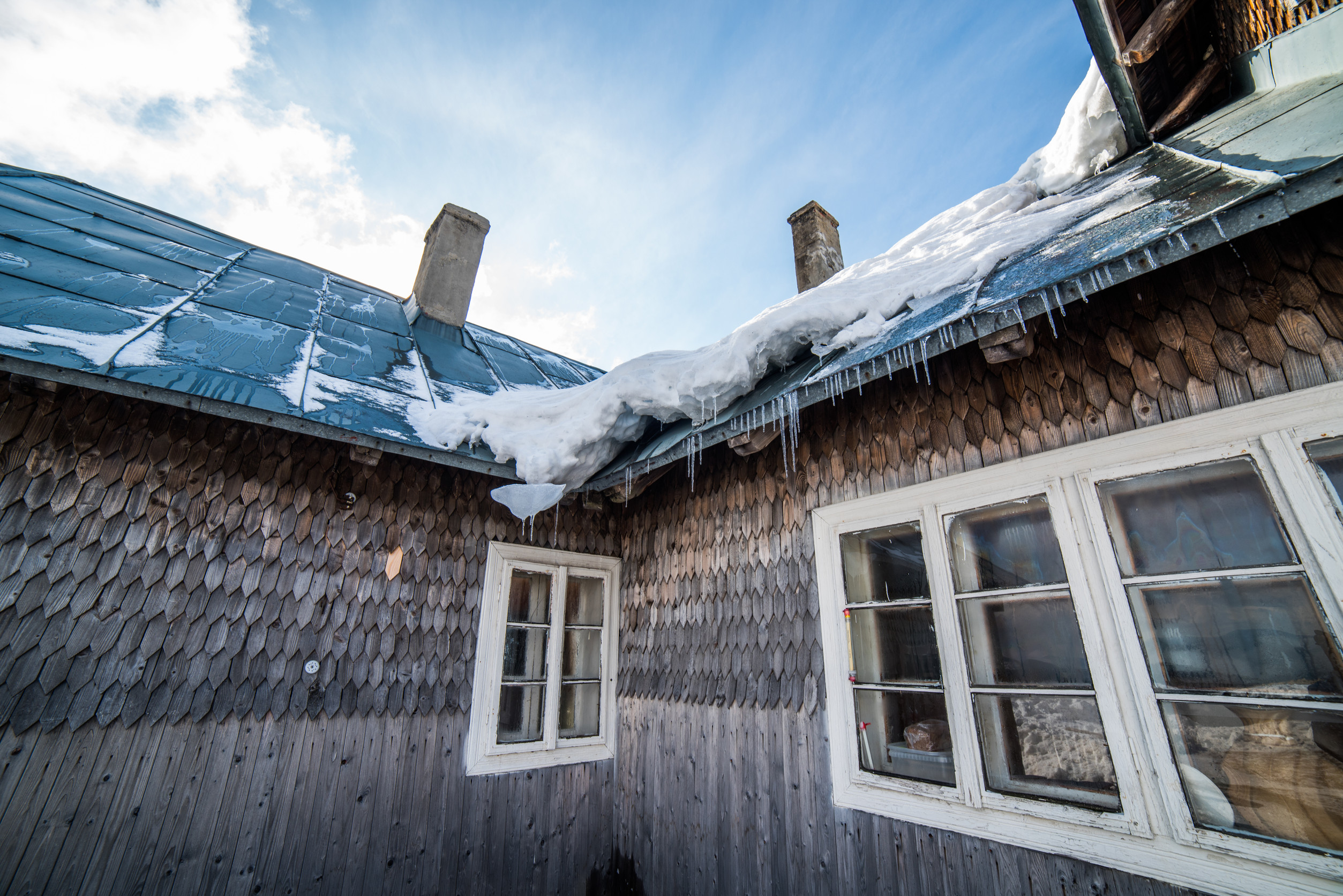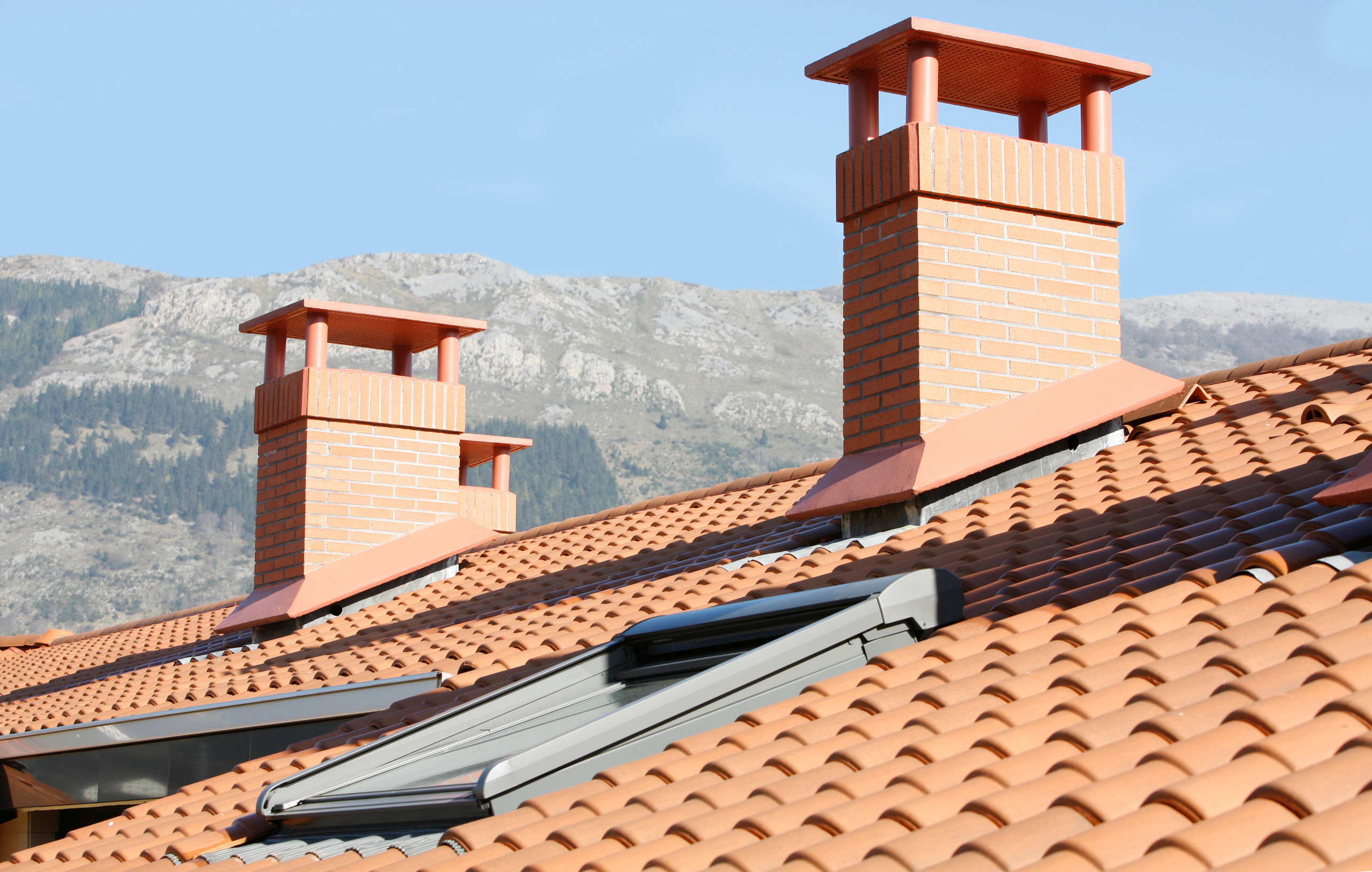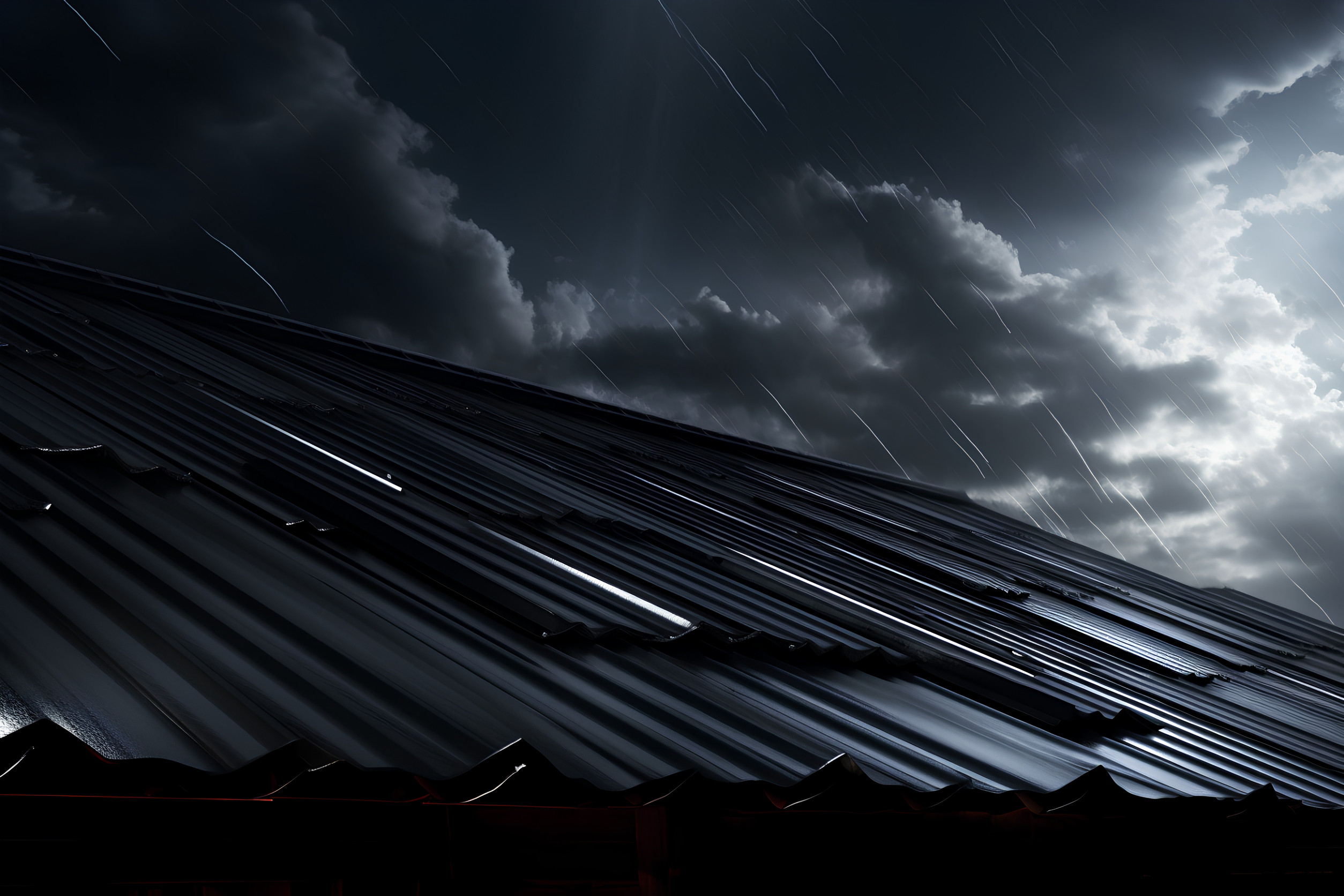How to Extend the Life of Your Roof
Your roof is one of the most important investments in your home, protecting everything beneath it from the elements. Yet, many homeowners underestimate how much control they have over its lifespan. With the right care and preventive measures, you can add years—even decades—to your roof’s service life. This guide walks you through practical strategies, common mistakes to avoid, and smart upgrades that pay off in the long run.
Why roof maintenance matters for longevity
A roof isn’t just shingles or metal panels—it’s a system designed to shield your home from rain, snow, sun, and wind. Without care, even the best roofing materials can fail prematurely.
- Protection: A well-maintained roof prevents water intrusion and costly structural damage.
- Cost savings: Proactive upkeep avoids expensive repairs or early replacements.
- Curb appeal: Clean, intact roofing boosts property value and resale potential.
Key takeaway
Think of your roof like a car: regular checkups and small fixes go a long way toward keeping it reliable.
How often should you inspect your roof?
Routine inspections are the foundation of roof longevity.
- Professional inspections: At least once a year, ideally in spring or fall.
- Self-checks: After major storms, high winds, or heavy snowfall.
What to look for:
- Missing, curled, or cracked shingles
- Loose or rusted flashing around chimneys and vents
- Clogged gutters or downspouts
- Sagging areas or water stains in the attic
Pro tip
Document inspections with photos. Having a record helps with warranty claims and insurance reports.
What regular cleaning does for your roof
Dirt, moss, algae, and debris shorten a roof’s life if left unchecked.
- Moss and algae: Trap moisture and erode shingles.
- Leaves and branches: Block water flow, leading to rot and leaks.
- Gutter buildup: Causes overflow and foundation issues.
Best practices:
- Clear gutters at least twice a year.
- Trim overhanging branches to reduce shade and falling debris.
- Use a gentle wash or professional cleaning for algae removal—never a pressure washer, which can damage shingles.
Keeping your roof clean preserves both function and aesthetics.
How attic ventilation and insulation protect your roof
Your roof’s health isn’t just about the surface—it starts below in the attic.
- Proper ventilation prevents heat and moisture buildup, which can warp wood and shorten shingle life.
- Insulation regulates temperature, reducing ice dam risks in winter and overheating in summer.
Signs of poor ventilation:
- High cooling costs
- Mold growth in the attic
- Icicles or ice dams in cold weather
Investing in balanced attic airflow can add years to your roof while lowering energy bills.
How to handle minor roof repairs before they worsen
Delaying small repairs is one of the fastest ways to shorten a roof’s life.
- Replace missing shingles quickly to prevent leaks.
- Seal cracked flashing before water seeps in.
- Patch small punctures from branches or wildlife immediately.
Step-by-step minor repair approach:
- Spot the issue during inspection.
- Call a roofing professional for confirmation.
- Repair or replace before the next storm season.
A $200 repair today could save you from a $10,000 roof replacement tomorrow.
Seasonal care tips for East Coast and Southern homeowners
Your geographic climate shapes roof care needs.
- Winter: Clear snow buildup; prevent ice dams with proper insulation.
- Spring: Check for storm damage; clean gutters of pollen and debris.
- Summer: Inspect for UV damage, cracked shingles, or fading.
- Fall: Remove leaves; prepare for heavy rains and winter weather.
Climate-specific note
If you live in a humid region, treat your roof for algae and moss more frequently.
Why professional maintenance is worth the investment
DIY care has limits. Professional roofers spot issues most homeowners miss.
- Advanced inspections use drones, infrared cameras, and moisture detection.
- Safety—roofing work is risky without proper equipment.
- Warranty compliance—many warranties require proof of professional care.
Hiring pros once or twice a year ensures small issues don’t grow unchecked.
What upgrades can extend roof life?
Sometimes, upgrades add more years than repairs alone.
- Gutter guards: Reduce clogs and water overflow.
- Impact-resistant shingles: Protect against hail and debris.
- Reflective coatings: Lower roof temperature and prevent material breakdown.
- Metal flashing replacements: Resist rust and maintain watertight seals.
Upgrades not only extend longevity but also improve energy efficiency and curb appeal.
What mistakes shorten roof lifespan?
- Pressure washing shingles—damages protective granules.
- Walking unnecessarily on the roof—causes cracks and loosens seals.
- Ignoring small leaks—they never fix themselves.
- DIY repairs without knowledge—can void warranties.
- Overlooking attic conditions—moisture damage often starts inside.
Best practice
When in doubt, call a roofing contractor. Preventive costs are always cheaper than replacements.
How insurance and warranties affect roof longevity
Roof lifespan isn’t just physical—it’s also financial.
- Home insurance may cover storm damage, but not neglect.
- Manufacturer warranties require proper installation and care.
- Workmanship warranties protect against contractor errors.
Homeowner tip
Keep all inspection reports, receipts, and photos. Organized documentation makes claims easier and ensures coverage.
What role does roofing material play in lifespan?
Not all roofs are created equal.
- Asphalt shingles: 15–30 years with good care.
- Metal roofing: 40–70 years, resists fire and storms.
- Tile roofing: 50+ years, but heavy and needs strong structure.
- Wood shakes: 20–40 years if maintained against rot.
Bottom line
No matter the material, maintenance habits determine whether your roof lasts the lower or higher end of its expected range.
FAQs about extending roof life
Q: Can cleaning my roof really make it last longer?
A: Yes. Removing moss, algae, and debris prevents moisture damage and shingle deterioration.
Q: Is it worth upgrading gutters if my roof is fine?
A: Absolutely. Proper water management prevents leaks, rot, and foundation problems.
Q: How long can a roof last with excellent care?
A: Asphalt shingles may stretch to 30 years or more, while metal or tile can exceed 70 years with consistent maintenance.
Conclusion
Your roof’s lifespan depends less on luck and more on how you care for it. With regular inspections, timely repairs, good attic ventilation, and preventive upgrades, you can dramatically extend its service life.
3 Key Takeaways:
- Routine inspections and cleaning are non-negotiable.
- Small repairs today prevent big bills tomorrow.
- Professional care plus smart upgrades maximize roof longevity.
👉 Next step: Book a professional roof inspection this season and create a maintenance calendar—you’ll thank yourself years down the road.







